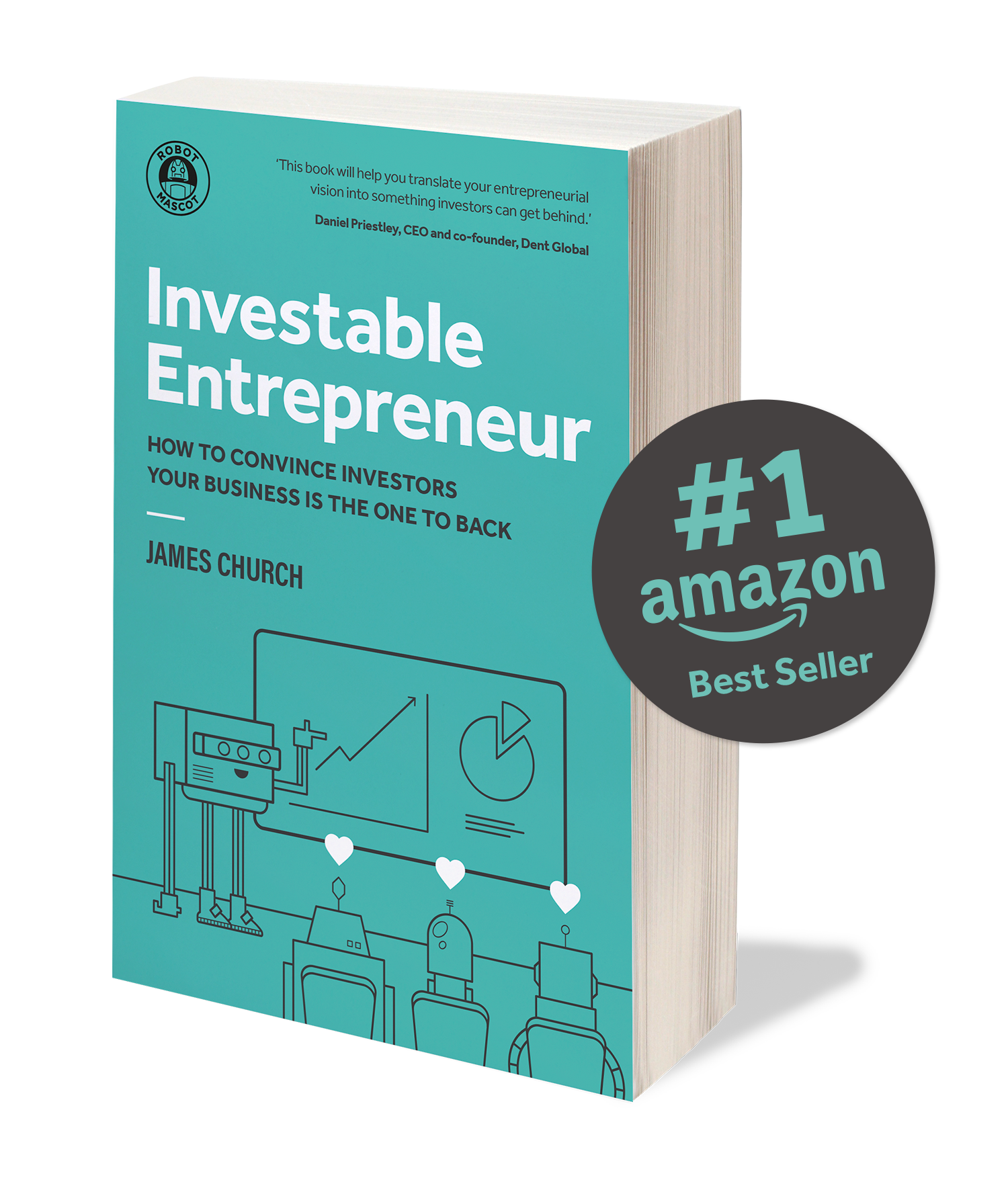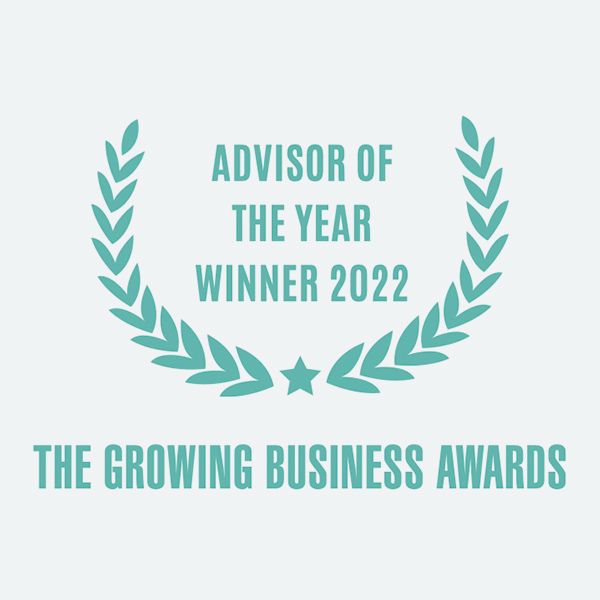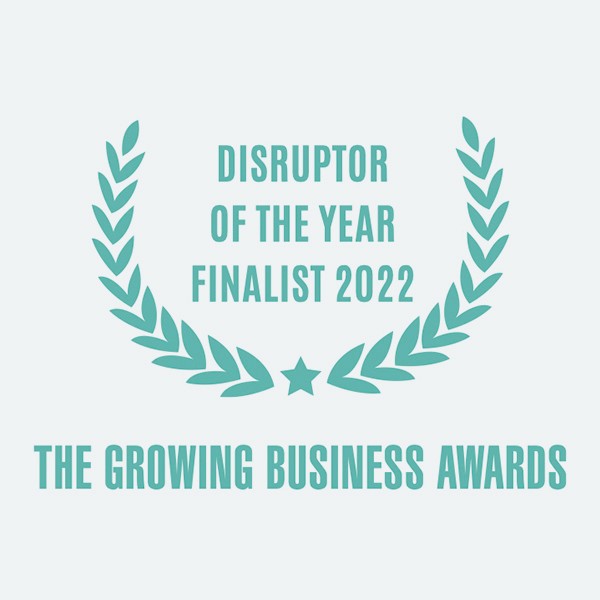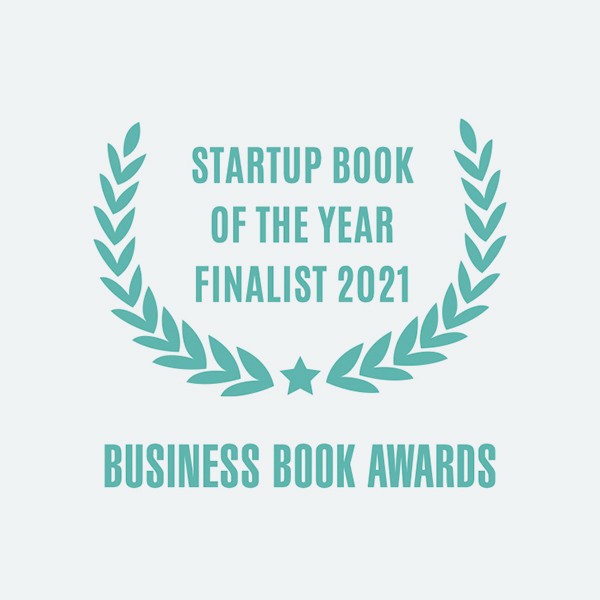

What You Should Know About the EBITDA Multiple Formula
30th October 2022
As overwhelming as it may seem to beginners – most especially – using the EBITDA Multiple formula proves to be incredibly helpful for any business. In this article, we’ve handpicked crucial information entrepreneurs must know about EBITDA, how to utilise it and make it work in your favour.
How can knowing your EBITDA Multiple help to secure investment in your business?
All investors want to know how much money they’ll make if they back you – that’s where the EBIDTA Multiple becomes a powerful tool.
In the early stages of a business, where there isn’t much hard data yet, tools like the EBITDA Multiple can help forecast your potential trajectory.
Investors want reassurance that they’ll receive a healthy return on the day-of-exit when your company is sold.
Related: EBITDA Multiples by Industry: Planning Your Exit Valuation
Even though your EBITDA Multiple won’t be a cast-iron guarantee of what your company will be worth when the time comes to exit, it will:
- Show your potential investor the current exit potential of businesses in your niche/sector.
- Demonstrate that you are financially literate, have a financial vision, and understand the end game you and your investor want to achieve. (In other words, you’re the perfect investable entrepreneur)
- Be a solid indicator that your pitch is on the right track and that the exit value you’re putting on your business is realistic.
What is the EBITDA Multiple?
In its simplest terms, the EBITDA Multiple is how most start-up founders calculate their potential exit. It’s based on the formula Valuation = EBITDA x Multiple, where Multiple is a variable figure determined by the current value of the exit deals secured by other businesses in your industry. Your Multiple will also be influenced by the amount of tangible and intangible assets in your company.
Your EBITDA is your earnings before interest, taxes, depreciation, and amortisation. Sometimes, instead of EBITDA, founders will use a revenue multiple, where revenue is multiplied by an industry ‘revenue multiple’.
The most attractive investment opportunities operate in industries with a high EBITDA Multiple, because, as a result of the high multiple, they are more valuable than other companies with similar levels of profit.
Take a look at how EBITDA Multiples work here.
How can you find your EBITDA Multiple?
EBITDA Multiple information is readily available online. Equidam is an excellent place to start your research, although plenty of other sites are out there.
It works like this. Let’s say the EBITDA in your financial projections shows you have £1m in profit, and the niche you work in is B2B SaaS. If the B2B SaaS industry has a 20x Multiple based on the most recent M&A (Merger and Acquisitions) activity, you may be able to sell your business for £20m based on current industry values.
Bear in mind that this is an industry average. So it is possible for you to end up with a higher, or indeed lower, multiple at the time you exit. This will largely depend on whether or not you’ve got enough underlying assets in place. If you have highly valuable and sought after assets (like IP, systems, processes, recurring revenue and a well respected brnad) you might even be able to command an even higher EBITDA Multiple. If you have less impressive assets, your EBITDA Multiple will possibly be lower.
You’ll notice when you check the list linked to above that different sectors have different levels of return. For example, according to the Equidam table published in November 2021, companies in the Advanced Medical Equipment & Technology industry have an EBITDA Multiple well above 36. In contrast, supermarkets and tobacco stores are at a much lower multiple of 9.05.
A typical consultancy with no recurring revenue might only get a 1x or 2x return on their EBITDA, whereas a more scaleable high-tech company may receive a much higher 20x or 30x EBITDA value. Obviously, the higher your potential exit valuation is, the more enticing you’ll be to potential investors.
If the EBITDA Multiple is just a speculative calculation (which it is), what’s the point?
The simple answer is that because you want to make the angel or VC’s decision to invest in you as easy as possible, any additional data you can produce to support your pitch and grease those wheels will be invaluable.
Your EBITDA Multiple will be a finger-in-the-air exercise at this extremely early stage. However, it will show your investor the level of exit return that businesses in your sector are making right now, giving them as close to an assurance as possible that you’re an investable proposition. Also, it’s an invaluable way for you to sense-check your own forecast and be sure you can deliver an investable return.
For example, when one of our clients applied the EBITDA Multiple (which, for their sector, was 2x) and then sent us their forecast, it was apparent they’d only be offering their investors a minimal return when they sold the company after five years.
We know that most angel investors are looking for between a 10x to 30x return, and most VCs are looking for 100x or more, so we instantly recognised that their forecast was too weak and there was something wrong with their business model. As a result, they re-engineered their business model to generate more revenue and profits and show investors how they could get a healthy return on their money. It was a sense-check that made their proposal much more attractive to investors and prompted them to rework their previously flawed business model into a far better and stronger offering.
The other advantage to calculating your EBITDA Multiple is this:
There’s an excellent chance that you may approach some angels new to the investment landscape, including family, friends, and people in your network who want to support you but may be nervous about doing it because they have never done it before.
When you use your exit valuation calculation and EBITDA Multiple as part of your pitch, they’ll easily see the potential return on their investment when it comes to exiting in five years’ time and be reassured that you’re financially literate, on top of your numbers, and that their hard-earned money is in safe hands.
The latest Equidam table (2023) is below. Take a look at the EBITDA Multiples for your industry and use them alongside your financial projections to determine your potential exit value. Remember to use the last year of your projections and calculate the figure accordingly, and don’t forget this is just a very simple method for calculating your start-up exit valuation. We always recommend you get a professional third party valuation report of your company before attempting to sell your business.
If you’d like to read a free copy of James Church’s best-selling book, ‘Investable Entrepreneur’, you can download it.
UP NEXT:
Protect Your Equity: The Smart Approach To Winning Early Stage Investment
Learn how to convince investors
Investable Entrepreneur takes you through our winning methodology – the process we use to increase our client’s chances of raising investment by more than 30x.
“This book will help you translate your entrepreneurial vision into something investors can get behind.”
Daniel Priestley, CEO and founder, Dent Global and four times best-selling business author

Keep up to date with what we’re up to via email






Copyright ©Robot Mascot Ltd. All rights reserved.






